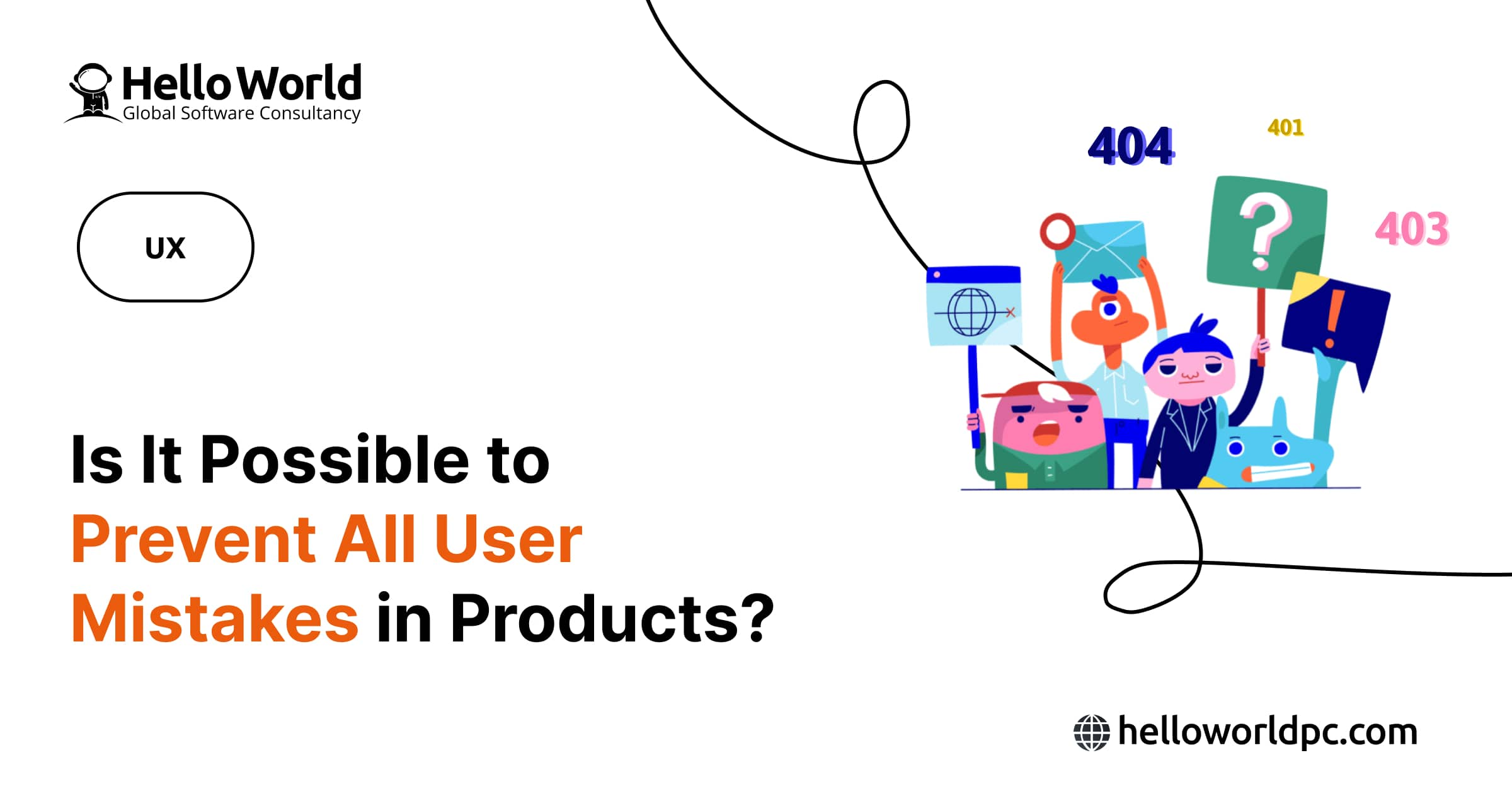The truth is that there is always a chance for a mistake to happen: a user might make a typo in a form, an application may be released with a software bug, or a network error might cause data to be lost. We are humans, and humans make mistakes.
It's difficult to create a system with zero errors, no matter how well-designed a product is. Understanding and mitigating these errors is crucial for improving user experience.
The Best Error Message is No Error Message
…as Susan M. Weinschenk writes in "100 Things Every Designer Needs to Know About People". This means designing systems that prevent errors from occurring in the first place, thereby creating a seamless user experience.
Writing Effective Error Messages
Well-written error messages can significantly improve the user experience by guiding users to correct issues without frustration. Here are some key principles for writing effective error messages:
-
Be Clear and Concise: Use simple, direct language.
-
Be Specific: Clearly state what went wrong.
-
Offer Solutions: Provide actionable steps to correct the error.
-
Be Polite and Positive: Maintain a friendly tone to avoid blaming the user.
-
Avoid Technical Terminology: Use language that the average user can understand.
Here are some examples of error messages:
Poorly Written Error Message: "Error 404: Submission Failed."
Well-Written Error Message: "Unable to save your changes. Please check your internet connection and try again."
Analysis:
-
Clear and Concise: The well-written message is brief and to the point, unlike the cryptic error code in the poorly written message.
-
Specific: It identifies the exact problem (unable to save changes), whereas the poorly written message does not explain what failed.
-
Offers Solution: It suggests checking the internet connection and retrying, providing a clear path to resolve the issue.
-
Polite: The tone is neutral and non-blaming, making the user feel guided rather than blamed.
Conclusion
Creating a completely fail-safe product is challenging because of the unpredictable ways users interact with technology. However, by designing systems that prevent errors and by crafting effective error messages, we can greatly enhance user experience. Anticipate the types of mistakes users are likely to make and design your system to be intuitive and forgiving.
Remember, a proactive approach in understanding user behaviour and providing clear, helpful guidance can turn potential frustrations into positive interactions.

